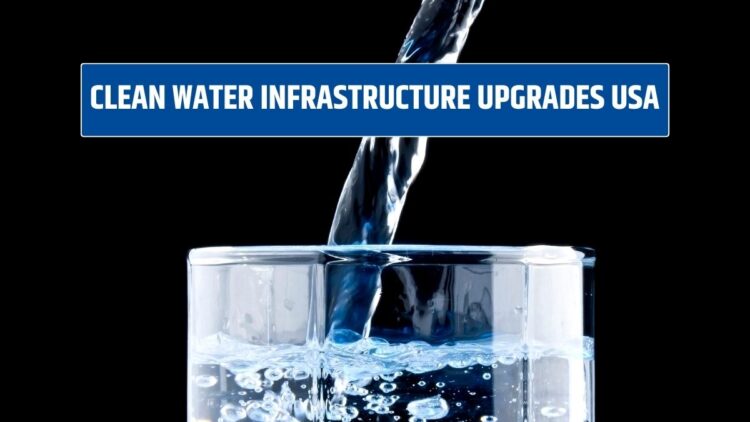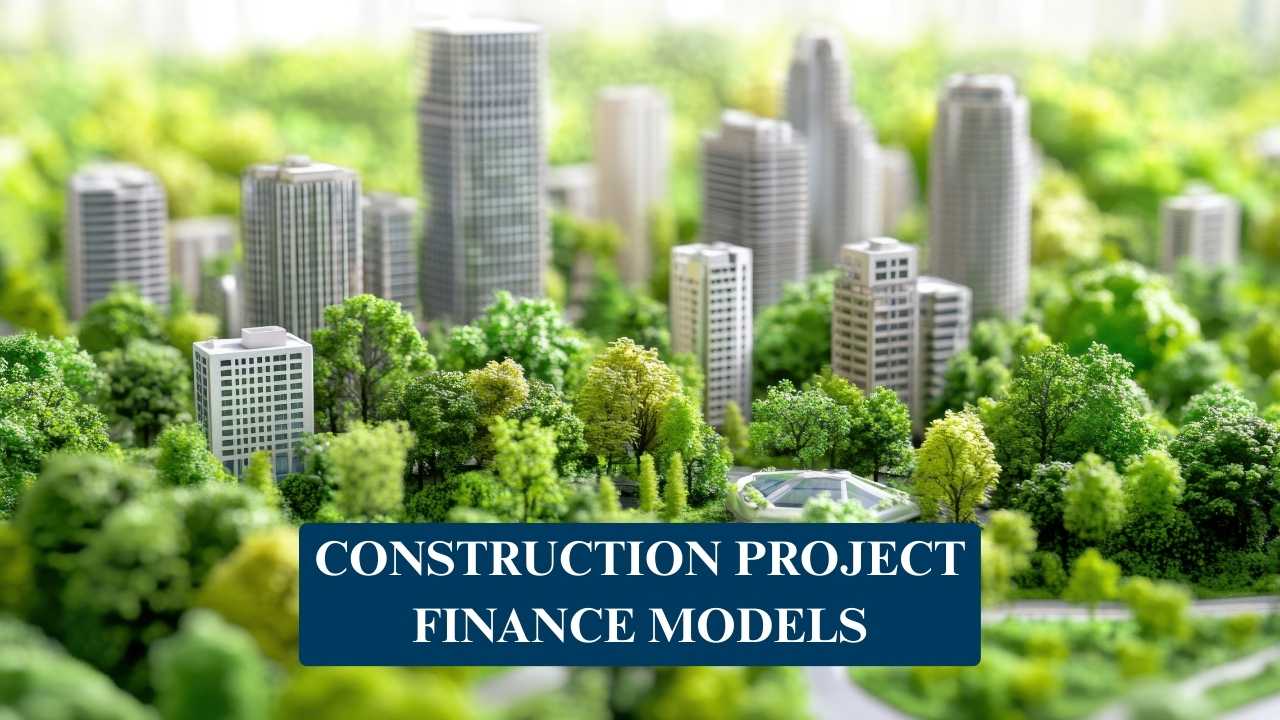The federal government has made the largest investment of $50 billion in water infrastructure through the Infrastructure Investment and Jobs Act. The government strives to provide clean water to the citizens and improve its infrastructure. Let’s understand the clean water infrastructure upgrades in the USA over the years.
Clean Water Infrastructure Upgrades USA
The US EPA conducted the Clean Watersheds Needs Survey in 2022, which reported that the nation would need $625 billion over the next 20 years to improve water quality and its infrastructure. The system for providing clean drinking water and treating wastewater is aging, and agencies are struggling to maintain it.
The water infrastructure in the USA has been upgraded or expanded through the Water Infrastructure Finance and Innovation Act and State Revolving Funds for decades. In 2021, the Biden administration announced the IIJA, or the Bipartisan Law, investing $50 billion for water infrastructure.
Later in October 2024, the government announced $6.2 billion for FY 2025 to help communities, especially disadvantaged communities, upgrade water infrastructure to manage safe drinking water, manage wastewater, local freshwater sources, and others.
What are the historic investments for the US Clean Water Infrastructure?
The federal government has made many investments through the IIJA and other ways to improve the clean water and safe drinking water infrastructure. Here you can take note of the investment made for the water infrastructure:
- $11.7 billion in Clean Water State Revolving Fund
- $1 billion for clean water SRF for emerging contaminants, so you will be able to see more clean water around you.
- $15 million for Lead Service Line replacement to the Drinking Water SRF
- $5 billion to Water infrastructure
- $4 billion for emerging contaminants invested in SRF
- $267 million for the Gulf Hypoxia Program, the National Estuary Program, and other regional water programs
What are the key upgrades for the clean water infrastructure?
The federal government and government agencies have done many upgrades through various grants and programs to the clean water infrastructure, such as:
- Lead Service Line Replacement:
- The US Environmental Protection Agency administers the Lead Service Line Replacement to improve the pipes across the country.
- The government estimated 9.2 million lead service lines for improvement in towns and cities, and plans to achieve 100% replacement or enhance the pipelines through IIJA.
- According to reports, around 40,000 lead pipes have been replaced and well-maintained through this upgrade to achieve the goal of clean water.
- PFAS and Emerging Contaminants:
- The BIL provided investment to improve the water system and tackle the Emerging contaminants issue.
- The EPA has taken action to address the PFAS and emerging contaminants and prepared a strategic roadmap to protect from PFAS.
- Wastewater and sewer system improvement:
- Under the Clean Water State Revolving Fund, the government or local authorities have taken steps to treat the wastewater and sewer, and follow the treatment plan for clean water.
- The US EPA funded the tribal or rural communities through the IIJA $ with $50 million in funding for wastewater management and treatment as well.
What are the challenges to better clean water infrastructure?
To strive for better improvement and enhancement, it’s important to know the shortcomings, so here you can check the challenges associated with clean water infrastructure that need to be addressed:
- Water Infrastructure: The government needs to maintain water infrastructure, such as treatment plants, distribution systems, and others, to ensure clean water and deliver water services.
- Maintaining the utilities: The government needs to go beyond infrastructure, such as emergency preparedness, regulations, institutional operations systems, etc., to ensure the system runs utilities.
- For all Communities: The major concern is the clean water for all communities, as many reports have circulated that the vulnerable or disadvantaged communities still lack the clean water infrastructure. So, the agencies need to ensure they remove the gap and provide clean drinking water to everyone.
- Climate Change: Climate change is a bigger problem for the water infrastructure, as extreme weather events have been frequent over the years, affecting the water infrastructure. So, the agencies need to ensure the current or modern infrastructure is climate resilient and adapts to the changes.
The ASCE 2025 report grades water infrastructure C- for drinking water, D for stormwater, and D+ for wastewater, which shows the sector needs improvement and needs to address the issues to provide clean and safe drinking water. The investment gap is the major concern with IIJA funding ending in 2026; the government needs to opt for long-term investment.



